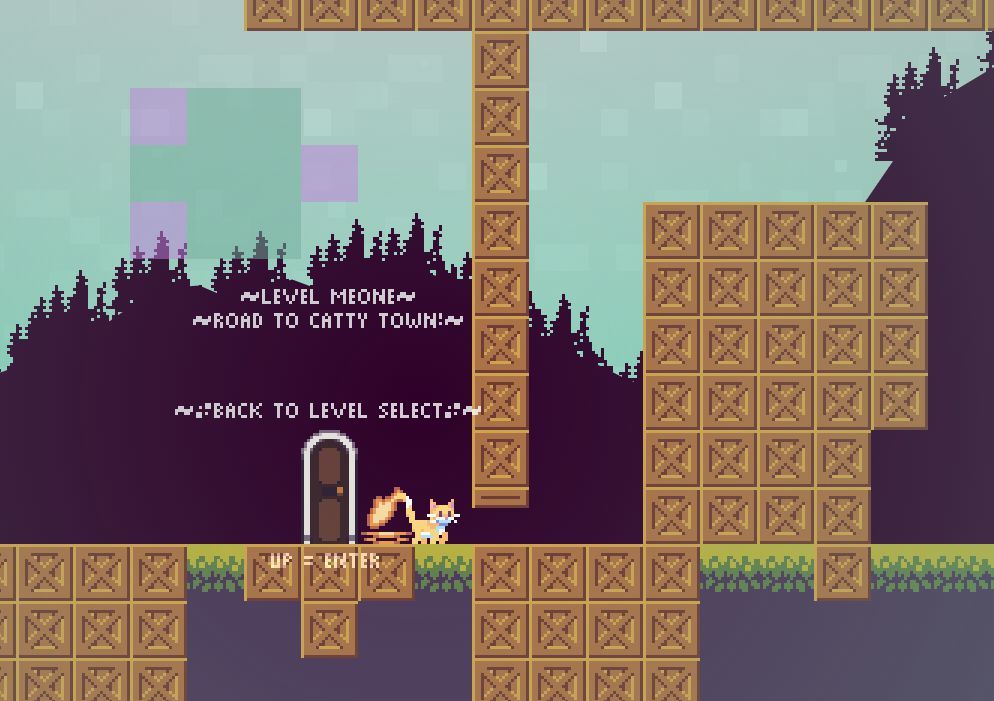
Unfortunately, the forecast models and observation datasets used in Earth system applications, including for the land surface, typically are biased ( Dee and Todling 2000 Reichle et al. Standard bias-blind data assimilation methods are based on the assumption that neither the forecast model nor the observations are biased, and these methods will produce suboptimal output in the presence of bias ( Dee and Da Silva 1998). Within the context of data assimilation, “bias” refers to errors in modeled or observed variables that persist over time and/or space.
#Manyland dynamic skin#
Compared to independent in situ and remotely sensed T skin observations, the two-stage assimilation reduced the unbiased root-mean-square difference (ubRMSD) of the modeled T skin by 10% of the open-loop values.

The two-stage filter effectively removed the T skin O − F mean differences, for example, the Geostationary Operational Environmental Satellite (GOES)-West O − F mean difference at 2100 UTC was reduced from 5.1 K for a bias-blind assimilation to 0.3 K. Global maps of the estimated O − F biases are presented, and the two-stage filter is evaluated for one year over the Americas. The two-stage filter is demonstrated by assimilating geostationary skin temperature T skin observations into the Catchment land surface model. The two-stage filter removes dynamic (nonstationary) estimates of the seasonal-scale mean O − F difference from the assimilated observations, allowing the assimilation to correct the model for subseasonal-scale errors without adverse effects from observation biases.

A two-stage observation bias and state estimation filter is presented here, as an alternative to observation rescaling that does not require a long data record or assume stationary O − F residuals. Such observation rescaling approaches require a long record of observed and forecast estimates and an assumption that the O − F residuals are stationary. In land data assimilation, bias in the observation-minus-forecast ( O − F) residuals is typically removed from the observations prior to assimilation by rescaling the observations to have the same long-term mean (and higher-order moments) as the corresponding model forecasts. The plotted meridians demark the GOES-West and GOES-East domains. Gray indicates <30 coincident geostationary and MODIS T skin observations. (a)–(d) Values of ubRMSD of the open-loop T skin vs MODIS retrievals and (e)–(h) ubRMSD of the open-loop T skin minus ubRMSD from the two-stage assimilation of the geostationary T skin (≡ΔubRMSD).

The mean ubRMSD at each time of day for the assimilation (open loop) is indicated by the solid (dashed) line. Values of ubRMSD with SURFRAD T skin, calculated separately for each SURFRAD site and each observation time, for the assimilation of geostationary observations with the two-stage filter (filled circles) and the open loop (unfilled circles).
#Manyland dynamic update#
Values are shown only where the bias estimate is considered valid for use in the state update equation. Histograms of the T skin O − F at 2100 UTC, at (a),(d) GWN (b),(e) SXF and (c),(f) DRA, for a bias-blind assimilation (top) and the two-stage observation bias and state estimation bias-aware assimilation with τ = 20 days (bottom).Įstimated O − F bias at 0900 UTC (a) 1 Jun, (b) 1 Jul, and (c).

Dots show the bias estimates from the two-stage observation bias correction scheme using τ = 10 (dark blue), 20 (light blue), and 30 days (pink).
#Manyland dynamic series#
The black crosses show the bias-blind T skin O − F, and the black lines show the smoothed bias-blind O − F time series using the first two annual Fourier harmonics. Time series of T skin O − F (K) at 2100 UTC at (a) GWN, (b) SXF, and (c) DRA. The plotted meridians demark the GOES-West and GOES-East domains.ĭiurnal cycle of the T skin O − F mean difference, averaged over the Americas and over the 1-yr experiment, for a bias-blind assimilation (solid O − F = − −) and the two-stage observation bias and state estimation bias-aware assimilation with τ = 20 days (dashed bias-corrected O − F = − + − −), for GOES-West (black) and GOES-East (gray). Coverage of the assimilated GOES-West and GOES-East T skin observations from to, as a fraction of the max possible coverage (eight observations every day).


 0 kommentar(er)
0 kommentar(er)
